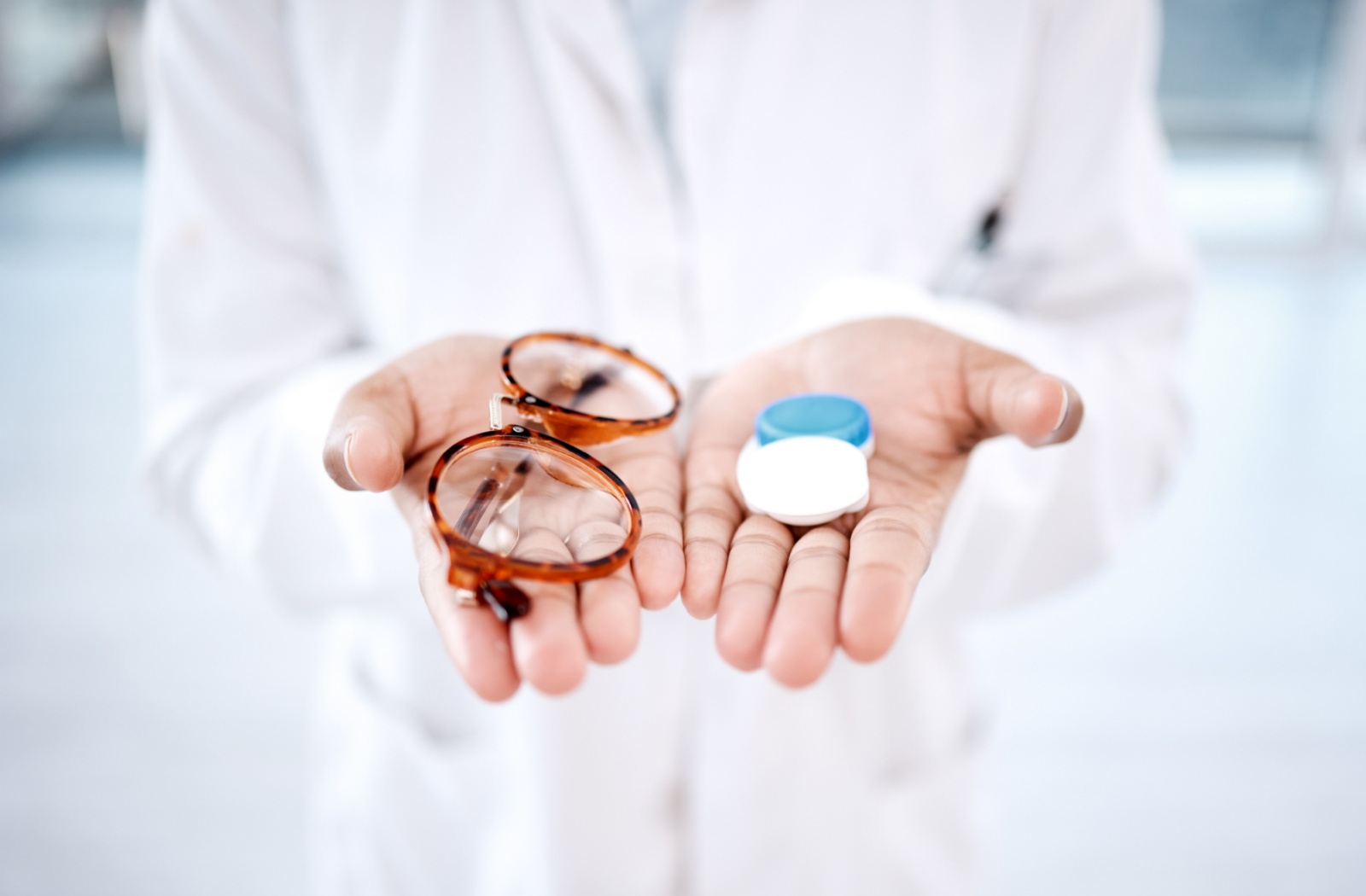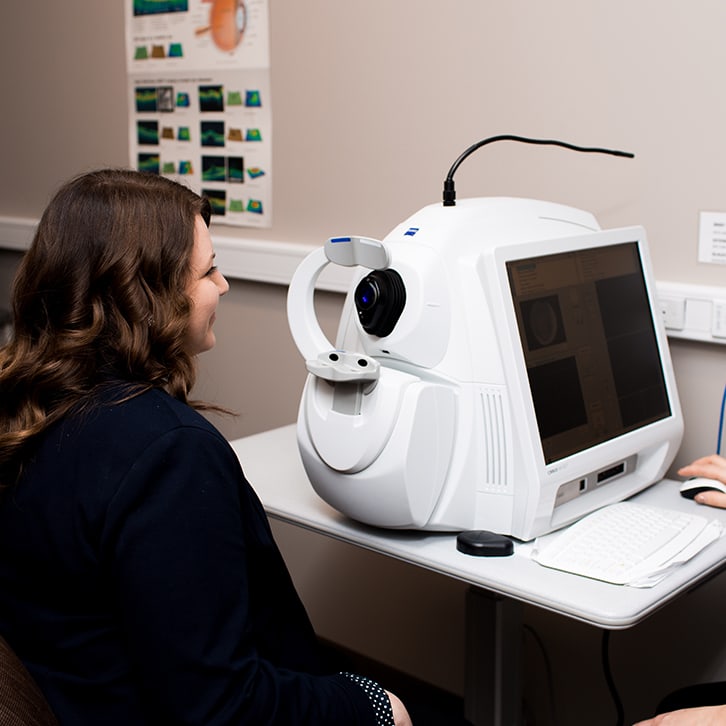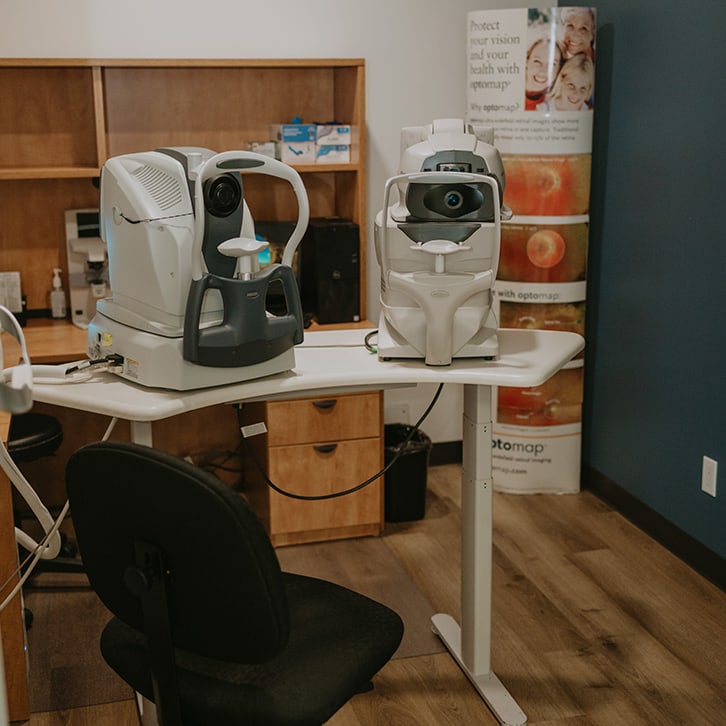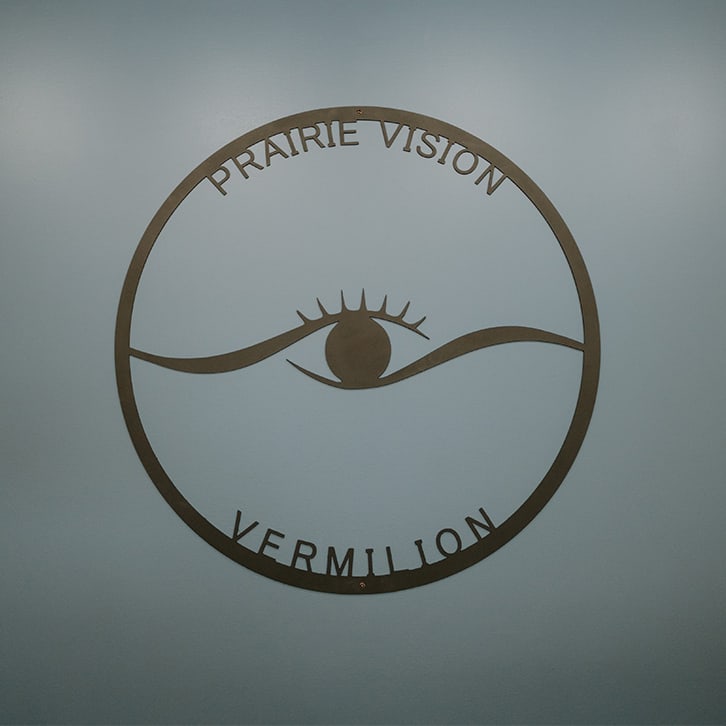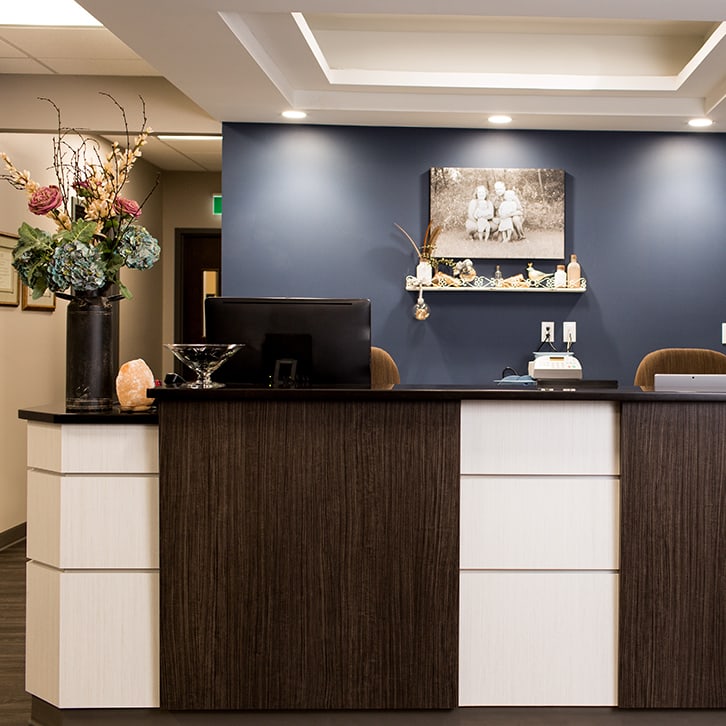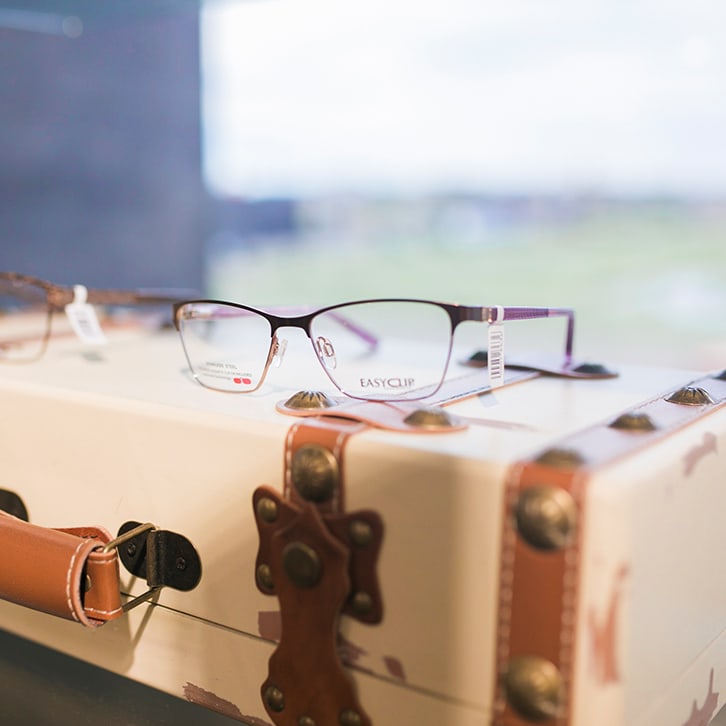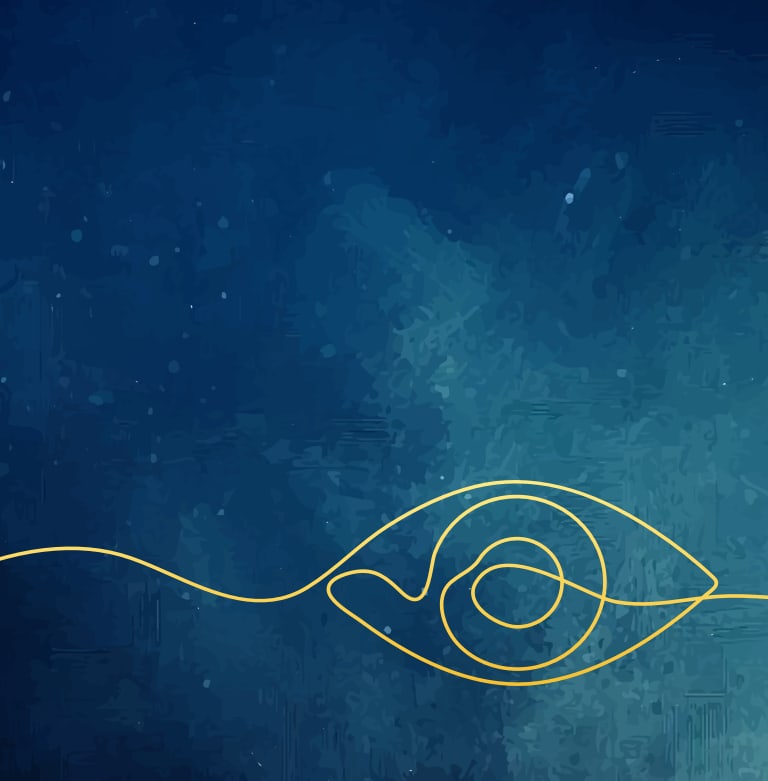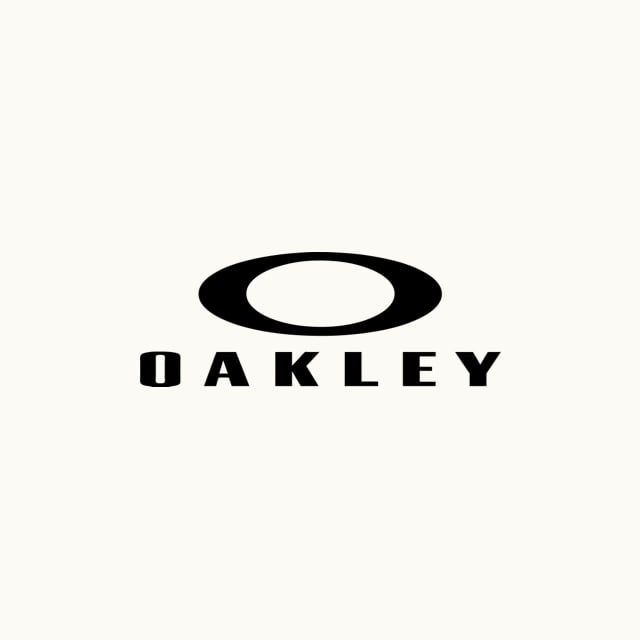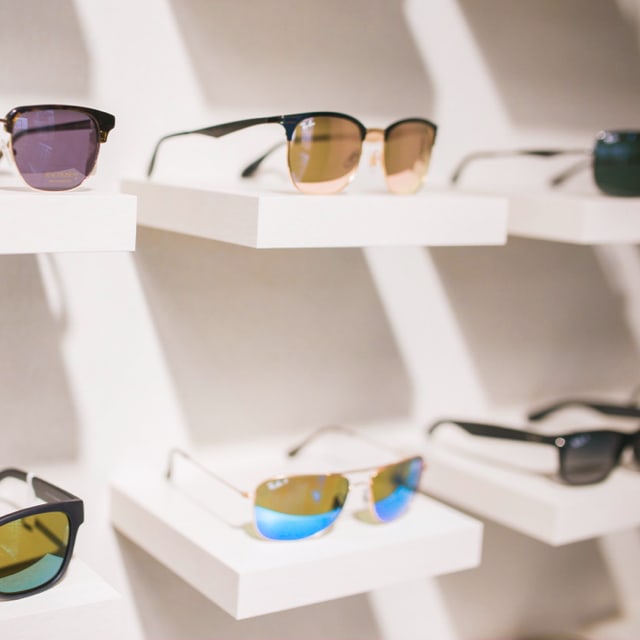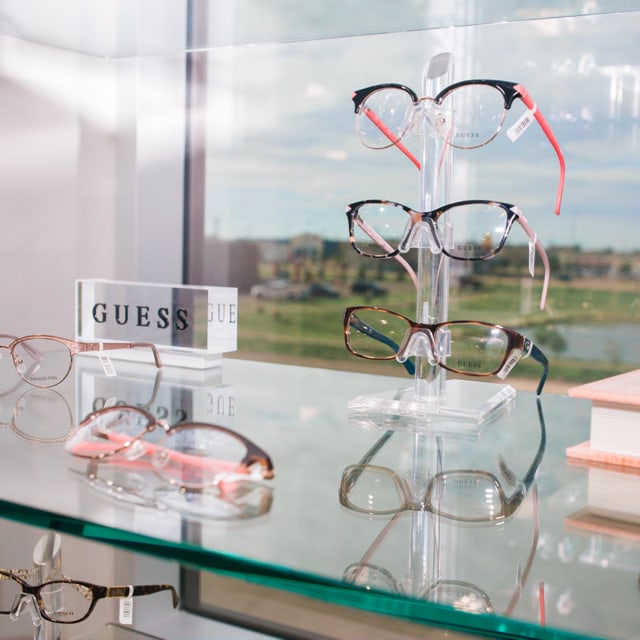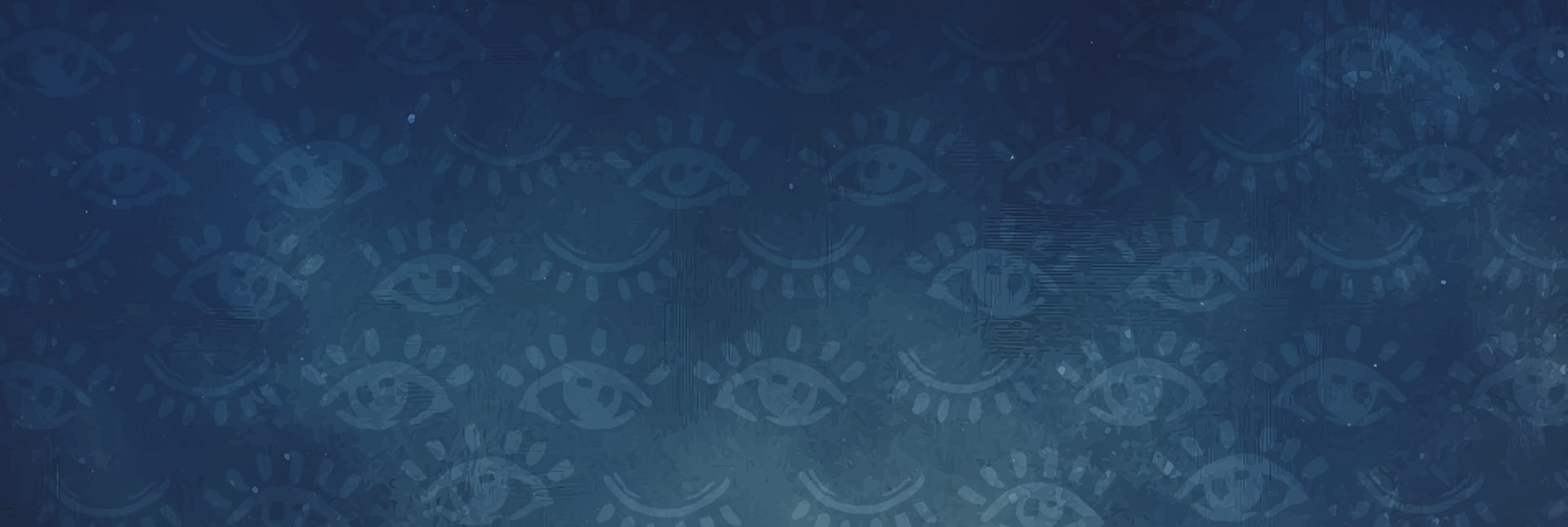When choosing between glasses and contact lenses, many people are curious about whether the prescriptions for these vision aids are the same.
Though they might appear similar, glasses and contact lens prescriptions are different. Glasses work with lenses hovering a few millimetres away from your eyes, but contact lenses sit directly on your corneas. This distance must be accounted for when determining the prescription. Contact lenses also require additional measurements.
What Is a Prescription?
A vision prescription is a comprehensive document provided by an eye care professional, detailing the specific parameters required to correct your sight. It includes measurements related to the curvature and shape of your eyes, the level of correction needed, and other key factors.
Key Components of a Prescription:
Though they might seem complex, the elements of a prescription are straightforward.
OD stands for oculus dexter, or right eye. OS stands for oculus sinister, or left eye. In some prescriptions, you may see OU, or oculus uterque, which refers to both eyes.
SPH, or sphere, refers to the lens power needed to properly correct the vision. The SPH will be noted with a – to correct nearsightedness and a + to correct farsightedness.
CYL and Axis are measurements on a prescription for people with astigmatism. CYL, or cylinder, denotes the severity of astigmatism. Axis is measured in degrees, a number between 1 and 180, indicating the orientation of astigmatism in the eye.
ADD, or addition, indicates the extra lens power necessary to support reading vision. ADD is used in prescriptions for reading glasses or the lower part of bifocal or progressive lenses.
Prism indicates the prismatic power required to correct double vision by properly aligning the eyes. This appears on your prescription when your eyes need help working together again. This number will be measured in prism diopeters, or PD.
BO (base out), BI (base in), BU (base up), and BD (base down) indicate the direction of the base. These follow the prism diopter measurement to specify where to place the prism on glasses to correct double vision.
PD can alternatively mean pupillary distance, which may or may not be included in your written prescription. Monocular PD measures from your pupil to the center of your nose, while binocular PD measures between your pupils. This measurement is particularly useful when choosing frames for eyeglasses or sunglasses.
The Differences Between Glasses & Contact Lens Prescriptions
Though both glasses and contact lenses are designed to correct vision, they interact with your eyes differently.
Glasses are positioned approximately 12 millimeters away from your eyes. Contact lenses are placed directly on the cornea.
This difference in proximity impacts the lens strength needed, with contact lenses requiring exact measurements for a snug fit on the eye’s surface.
Base Curve & Diameter
Contact lens prescriptions include specific details not found in glasses prescriptions:
- Base Curve (BC) refers to the curvature of the contact lens’s back surface.
- Diameter (DIA) represents the lens size from one edge to the other.
These measurements are crucial for ensuring comfort, proper fit, and effective vision correction. Poorly fitted lenses can lead to discomfort or even eye damage.
Your tear film and corneal shape are also taken into account due to the direct contact between your cornea and contact lenses.
Contact lenses also must consider the material used and the brand that manufactured the lenses. Since materials, brands, and the type of lens vary in design, contact lens prescriptions might specify these according to your optometrist’s recommendations.
Can I Use the Same Prescription?
It is not advisable to use the same prescription for different visual aids. Using a glasses prescription for contact lenses—or vice versa—can result in inadequate vision correction, discomfort, and potential eye health risks. It is crucial to have a precise prescription tailored to the specific vision aid you are using to ensure the best results and maintain eye health.

Ensuring the Right Prescription
For accurate vision correction, it’s essential to consult with a qualified eye care specialist. At Prairie Vision, our professionals will conduct a thorough eye exam and provide distinct prescriptions for glasses and contact lenses when necessary.
Here are some tips for a successful eye exam:
- Share Your Preferences: Let your eye care provider know if you prefer glasses, contacts, or both.
- Follow Care Instructions: Adhere to the recommended wear schedule and maintenance guidelines for contact lenses.
- Regular Check-Ups: Schedule routine eye exams to update your prescription and maintain your eye health.
Get the Right Prescriptions at Prairie Vision
Glasses and contact lens prescriptions differ due to the unique ways they interact with your eyes and the specific measurements required for contact lenses.
For personalized guidance and prescriptions, visit your eye care professionals at Prairie Vision. We’ll help you explore options to suit your needs. Whether you choose glasses, contact lenses, or both, we’re dedicated to providing you with accurate prescriptions.
Start your journey to better vision and eye health by booking an appointment with Prairie Vision in Wainwright and Vermilion. Our dedicated team is ready to offer you and your family tailored eye care using quality technology.

